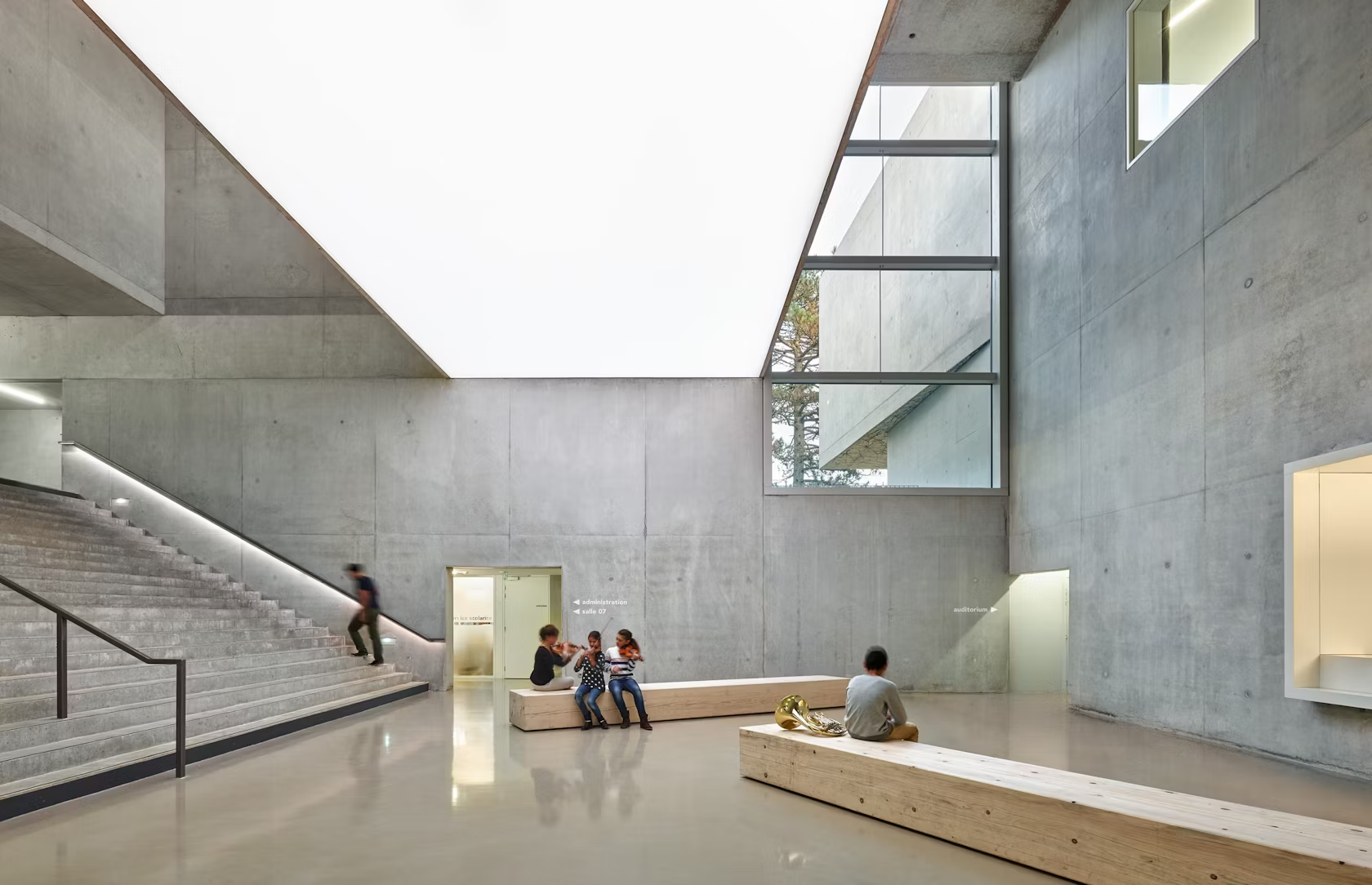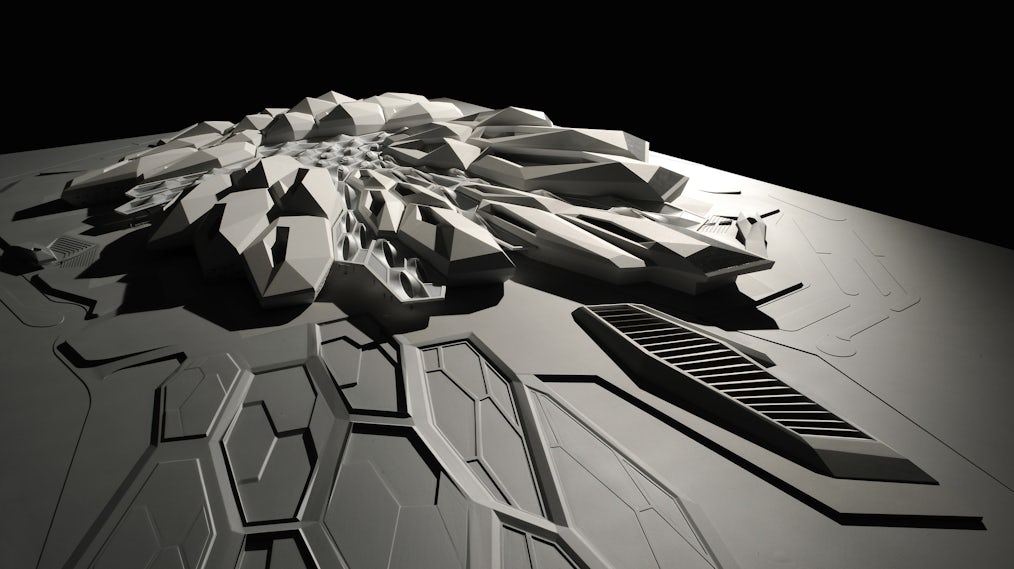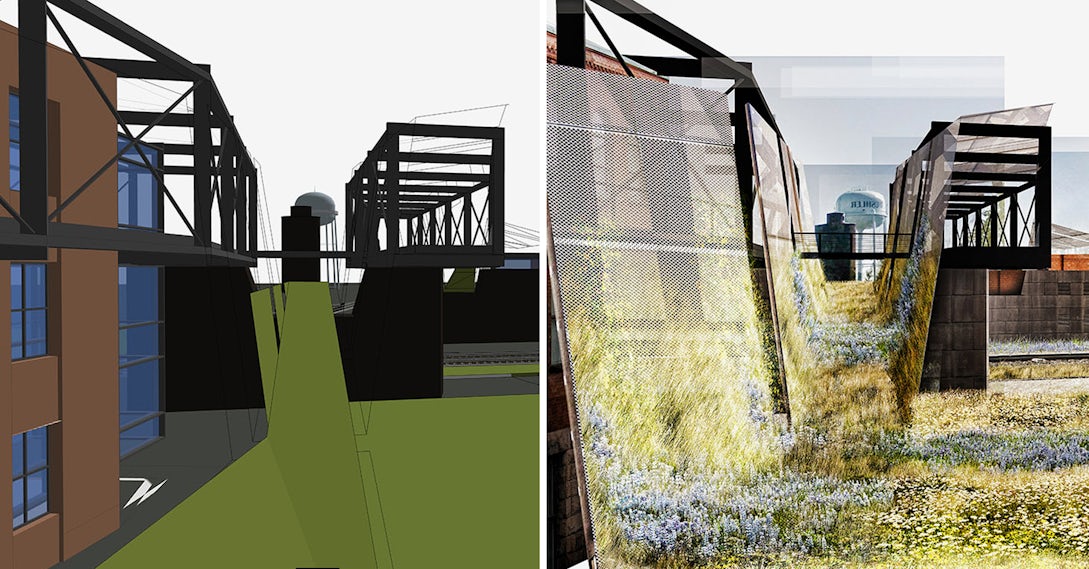Conservatory design centers on a love for music and the arts. Usually formed as buildings dedicated to musical education, conservatories may include expanded programs that cover disciplines like drama or dance for professionals and students alike. Focused on the individual, they often become centers for classical music, with activities that range from composing to conducting. Balancing public performance space and informal practice areas, conservatories combine professional development with academic study and practical training. While individual development is paramount, a conservatory normally includes room for bands, orchestras or ensembles.
Music and architecture share many parallels. At the intersection between these two arts, conservatories balance open assembly spaces with quiet practice areas to study and reflect. Formed as expressions of orchestration, these elegant buildings shape experience through structure and rhythm. Each of the following conservatory projects operate as finely tuned instruments wired for learning and play. They are explorations into an art form and cultural activity framed by silence and sound.

© Skidmore, Owings & Merrill (SOM)

© Bruce Damonte Photography Inc
The Strand, American Conservatory Theaterby Skidmore, Owings & Merrill LLP ( SOM ), San Francisco, Calif., United States
SOM’s design for the Strand Theater renovation resurrects the 100-year-old movie theater on San Francisco’s Market Street to form an experimental performance space. Created for the American Conservatory Theater (A.C.T.), the former 725-seat cinema has a new theater, lobby, cafe and a black box performance area.

© Eduard Hueber | Archphoto

© Eduard Hueber | Archphoto

© Eduard Hueber | Archphoto
Royal Conservatory TELUS Centre for Performance and Learning by KPMB Architects, Toronto, Canada
Bringing together multiple art organizations in Toronto, the Royal Conservatory TELUS Centre is a venue for both private and corporate events. Increasing security and pedestrian activity, the centre also includes a world-class performance hall. A ground café serves as a destination and connection point for the conservatory’s diverse user groups.

© Handel Architects

© Handel Architects

© Handel Architects
The Boston Conservatory, Hemenway Building by Handel Architects LLP, Boston, Mass., United States
The Hemenway project was designed within the vacant lot next to an existing campus theater. The design was made into a single performing arts building with studios, practice spaces, a theater, rehearsal space, offices and classrooms for the Boston Conservatory.

© Brasil Arquitetura

© Brasil Arquitetura
Praça das Artes by Brasil Arquitetura, São Paulo, Brazil
The Praça das Artes was defined by its context, a project shaped by “a space of tension.” Formed with a series of new public spaces, the project is organized with new music and dance areas, as well as modules and areas of educational and common space.

© Parc architectes

© Parc architectes
Auditorium of Bondy by PARC Architectes, Bondy, France
PARC’s Auditorium stands as a symbol among the loose and low-density urban fabric of Bondy. Playing off the aesthetics of a hangar, the project includes an undulated metal skin around an auditorium, conservatory and exhibition space.

© SAHURI + Partners Architecture Inc.

© Nathan Elson
The Mount Royal University Taylor Centre for the Performing Arts by SAHURI + Partners Architecture Inc., Calgary, Canada
Calgary’s Taylor Centre for the Performing Arts was created as a world-class entertainment venue at Mount Royal University. The 100,000-square-foot project features weathered elements that recall Alberta’s rural heritage and a multi-tiered building that could accommodate future increased enrollment.

© ADH

© ADH

© ADH
Circus Arts Conservatory by ADH, Auch, France
The Circus Arts Conservatory is located on the site of the disaffected Espagne barrack. Formed with room for a large circus tent, the design features studio space, housing and a large rehearsal room. Allowing access to the public, the conservatory also forms a “circus street” where crowds and performers can mingle.

© Dominique Coulon & Associés

© Eugeni Pons
‘Henri Dutilleux’ Music, Theater and Dance Conservatory by Dominique Coulon & Associés, Belfort, France
Echoing the surrounding open landscape, the ‘Henri Dutilleux’ Conservatory rises as a monolithic and seemingly opaque mass. Built with a condensed and superimposed program, multiple functional spaces are connected to fit into each other as the areas are hollowed out of a dense mass.

© Handel Architects

© Handel Architects

© Handel Architects
The Boston Conservatory – Ipswich Studiosby Handel Architects LLP, Boston, Mass., United States
Handel’s Boston Conservatory project was designed as a new studio building in Boston’s Fenway neighborhood. Created to house a large orchestra rehearsal hall, dance studios and classrooms, the project also includes space for specialized instruction and practice.









